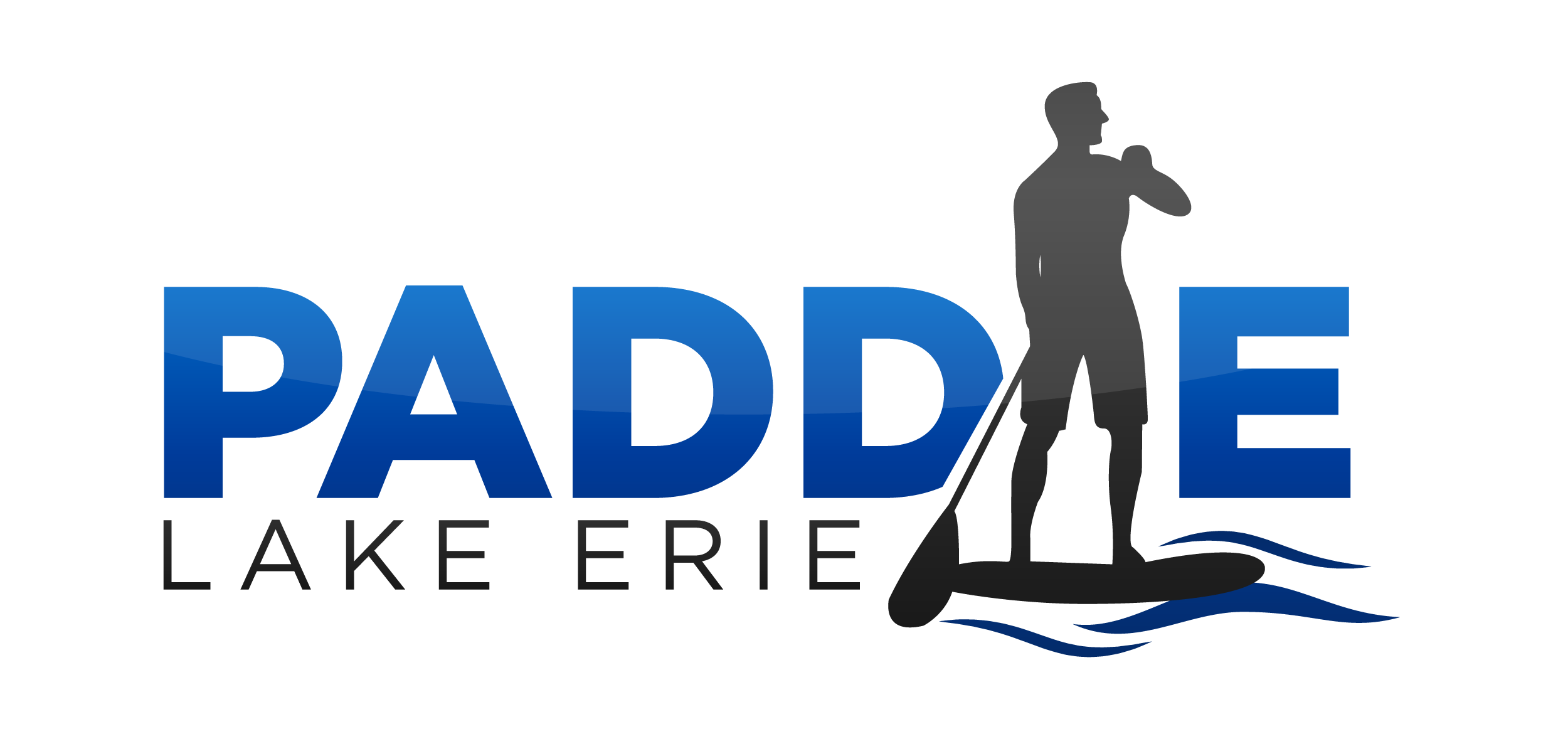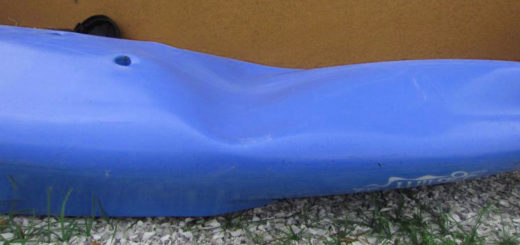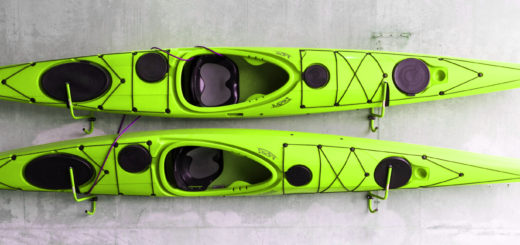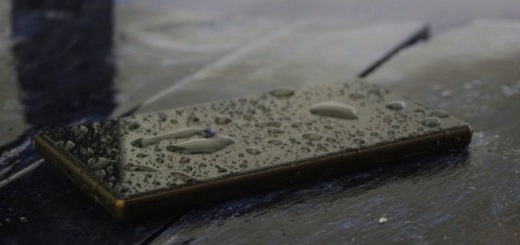Types of Kayaks
There are many different types of kayaks for all levels of experience and paddlers looking for any type of experience. We’ve listed out here some of the most popular types and advice for choosing the type that makes the most sense for your interests. Please let us know in the comments what type you paddle or if you have any additional advice that could help our other readers.
Kayak Hull Shape
- Volume refers to the capacity of the inside of the boat. Higher volume kayaks have larger ends that can hold more air creating buoyancy. This buoyancy helps keep the craft afloat and resurface more quickly when dipping under waves. This is desirable for both beginners and more seasoned boaters who prefer the extra buoyancy for traveling through strong rapids. Lower volume boats allow the paddler more maneuverability and agility at the expense of buoyancy. The lower volume variety are typically used by more experienced paddlers for tricks and free-styling.
- Chine is the area where the bottom of the hull and the side of the kayak meet. Softer chine kayaks have a softer more gradual curvature and harder chine kayaks have more hard, angled edges. Original Kayak designs tended to be more hard-chine as these early kayaks were typically constructed with wood ribs and some sort of material wrapped around the ribs. Modern manufacturing allows for just about any hull shape to be produced, allowing more rounded designs. Harder chine boats generally have shortened turning radius while softer chin boats enjoy increased efficiency since there is less hull surface area in contact with the water, however it is a very small increase in efficiency. Beginners will do better with softer chine as they handle shallow water better (won’t dig in) and require less technique to maneuver, while those with more experience could benefit from the added maneuverability of a hard chine.
- The rocker of the kayak is the curvature from bow to stern. The more rocker, the more curvature the hull has in the front to back orientation. Higher rocker hulls (sometimes called continuous rocker since the curve continues from front to back) are more maneuverable. Lower rocker hulls (sometimes called kick hulls) are much more flat and have more hull area in the water at any time. This provides stability at the expense of maneuverability.
Recreational, Whitewater, and Touring Kayaks
Recreational kayaks are what most kayaks are considered. Those that are not specifically designed for white water or sea touring would fall under this category. There are a few types of whitewater specific boats: Long boats (9+ ft) have a speed advantage but cause the paddler to think further ahead of movements as they take more time to turn and maneuver. Creek boats (7.5-9ft) are built for paddling steep and challenging rapids. They typically have high rocker and a large volume to make the boat want to return to the surface quickly when submerged. River runners have less rocker and volume than creek boats. Touring kayaks are designed for longer haul trips in large bodies of open water.
Kayak Materials
Roto-molded Plastic
The majority of entry level kayaks a made from rotomolded polyethelyine. This material is flexible, durable, and very inexpensive to produce. Pellets of the PET material are ground into a fine powder which is heated and placed into a rotary mold. The mold is continually turned inside of an oven until the liquid plastic fills the desired shape. The kayak is then carefully removed from the mold and supported while it is allowed to cool.
Thermo-formed Plastic
Thermoform kayaks are made by pressing sheets of plastic against the outside of a mold while heated up. A vaccuum is used to pull the sheets over the heated mold. This manufacturing method can create more complex shapes and uses less material than rotomolded PET designs. This technology also allows for more creative material choices since multiple layers of differing material types can be combined into one even layer allowing material properties that are not possible to manufacture in a rotating mold. For example a UV safe coating can be used for weatherproofing over top of a stronger base material. The top and bottom halves pf the hull are created separately then joined around the center of the hull. Thermo-molded kayaks usually come in around the mid range in price, being more expensive than the rotomolded but less expensive than composites that are more labor intensive to manufacture. The finish can appear similar to fiberglass at a much lower cost.
Composite / Glass
Getting more complicated and more expensive, composites cover a range of materials. A composite material is one consisting of more than one type of material. The common composite kayak materials are fiberglass, carbon fiber, and Kevlar. These fabrics actually form the shape of the boat and hard held together with a resin, the second part of the composite material. A gel resin coating is sprayed onto a mold and then the fibers are laid onto the resin. In some cases, vacuum is applied to help remove air and ensure a tighter pattern for the fiber. All of these processes are quite labor intensive, resulting in much higher costs. These higher prices buy even lighter boats than plastic types.
Wood
Wood kayaks are popular among do-it-yourself’ers. Plans are available online for free and for purchase. Difficulty ranges from stitch and glue kits that include everything required with minimal additional tools or expertise, to plans designed for experienced woodworkers with their own wood shop. A wooden is frame is built and The hulls of these wooden boats are covered in fiberglass and resin. This ensures waterproofing hull strength and results in a boat that although made of wood requires minimal ongoing maintenance. Wood constructed kayaks can be designed and built for various uses from light and agile for speed to very rugged boats to withstand rough waters and terrain. Two popular home built methods are stitch and glue and strip built. Stitch and glue involves stitching and gluing shaped pieces of plywood together edge to edge. This forms an angular hull shape with hard edges. Strip built boats are made by stretching thin strips of wood around a form, allowing for a very round shape. Stitch and glue is better for beginners, while strip built construction is more suited to experienced wood workers and crafters. Wooden kayaks are available for purchase however they are usually more expensive than other materials due to the labor intensive hand-made nature of their production. Performance wise, wood kayaks have no specific advantages or disadvantages because the construction process can very so much, the resulting boat characteristics can very widely depending on what was intended with the design.
Other Types of Kayaks
Sit-on-Top vs Sit-Inside
As their names suggest, a paddler sits on top of a sit-on-top (SOT) kayak and inside of a site-inside kayak. Sit on tops are usually more stable and better for beginners. They eliminate most risk of getting caught up under the boat in the event of capsizing. Sit insides generally have a wide enough opening that there is little risk of getting stuck, none the less many people with this concern find more comfort in the open design of sit on tops. Sit on tops are also much less likely to sink because they cannot fill up with water like the open cockpit of a sit inside can. Some sit insides do have closed off sections that can’t fill with water that provide buoyancy and prevent sinking. For those more adventurous paddlers, sit-insides offer protection from the elements. Many touring and sea kayaks also have skirts that wrap around the paddler and attach to the cockpit opening, which is especially important for cold weather kayaking where keeping warm is important or whitewater kayaking where taking on water is a bigger concern.
Modular
Modular kayaks come apart in pieces for easy storage and transportation. While the price of these types of kayaks go up drastically, they allow for storage in smaller apartments and allow transportation without the need for expensive roof rack or trailer systems. Because of their modular shape, some even offer the capability of converting to a tandem (2-person) kayak when desired.
Inflatable
Inflatable kayaks offer similar advantages to modular designs – they can be even smaller when deflated for some of the easiest transportation and storage. Of course, the obvious trade of is in stability and durability. Inflatables are good for very flat water with minimal obstacles that could puncture the rubber hull.
Pedaling
Some kayaks have pedal systems like a bike that are connect to a propeller or other propulsion mechanism. These are not very common but can be a blessing for those that enjoy paddling but have trouble using their arms and upper body for paddling. They typically have rudder mechanisms as well since direction can’t be controlled by paddling on one side or the other. The complicated mechanisms required for pedaling kayaks increase their cost significantly over traditional designs.



